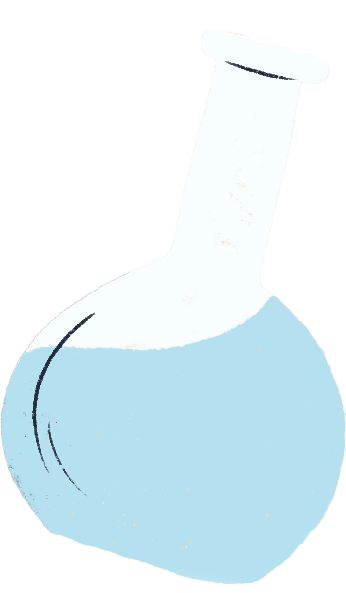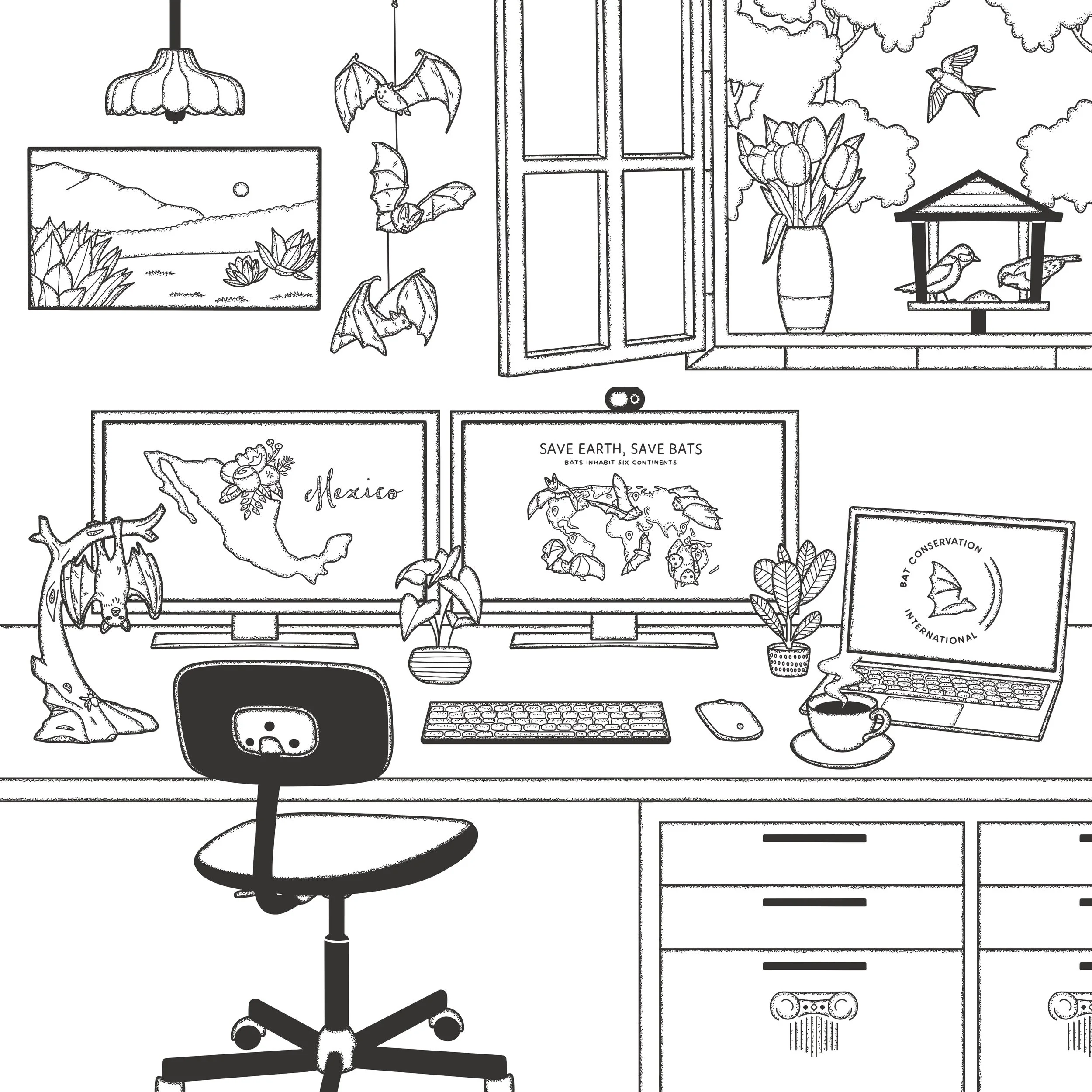
Section Styles spotlight-header
I am a
bat conservationist
Kristen Lear, PhD
Presented by bat conservation internationalThere are a lot of misconceptions around bats and their value in ecosystems.
As a conservationist, I organize research, build relationships, and design programs to help protect the environment and bats.
MY WORK SETTING
Indoor vs. Outdoor
I spend a mix of time outdoors doing fieldwork or public outreach, and desk work.
People vs. Alone
I spend most of my time collaborating and communicating with other people.
Creative vs. Defined
Most of my work is creative, while I have some structure to each day.
-
I spend my days planning programs to protect bats, talking to farmers and partners, and teaching people all about bats and conservation. Work in Conservation is related to understanding, protecting, and preserving our environment and its associated functions. This includes sustainable use of our natural resources as well as maintaining biodiversity.
-
A big part of my work is talking to farmers and other individuals about how we can plant agave in a way that works well for their needs and communities too. I’m always trying to find the best solutions for everyone, but there are always trade-offs.
-
Bats are bioindicators of ecosystem health, so when we see healthy bat populations, that’s an indication that the overall ecosystem is doing well. When we see bats in trouble, it often means the health of the overall ecosystem is also in trouble. Because most bat moms only have one pup (baby) per year, protecting bats takes many years and requires long-term investment and dedicated people like bat conservationists!
my work needsEssential Skills:
CURIOSITY
Getting a PhD and working in the field of conservation takes curiosity and an interest in asking questions about the way things work.
ENTHUSIASM
I do a lot of public speaking and educating people about bats. This requires enthusiasm and being able to make other people interested.
EMPATHY
Being convincing requires empathy. People have different views on bats, so finding a point of connection is crucial for messaging.
COLLABORATION
I work with a variety of stakeholders to do the work I need to do. From scientists, to nonprofit leaders, being a good team member helps us achieve our goals.
DAYS IN THE LIFE
Days in the Life
Come along and explore what three days at my job might look like!
How I Work
Check out what my place of work looks like on an average day.
This is what my workspace looks like!
Dual monitors.
Window overlooking bird feeders in my garden.
Bat sculpture.
Photos of my worksite in Mexico.
A vase with fresh flowers.

Did you know...Bats don't have to be scary!
Bats play a critical role in keeping our ecosytems balanced, and they also have a lot to teach us humans too!
Scientists study bats because they can do some pretty amazing things that we can't, and by studying them, we hope to learn their tricks. Engineers who design drones for things like search and rescue missions might study bats because of the way that they fly -- we can build drones that are better at navigating tight city corners if we design wings that act more like bats! Also, bats are immune to a lot of diseases that can harm humans, so by studying their immune systems, we might learn how to create medicine to help us fight those diseases, too.
Rewarding
These are the parts of my job I find particularly rewarding.
Working with animals and the outdoors.
Informing others about the importance of bats and ecosystem protection.
But everyone is different! Drag the circles to place them where you rate them.
Challenging
These are the parts of my job I find particularly challenging.
Getting on stage to do public speaking.
Doing research and writing scientific papers.
Section Styles movable
These are the people I work with:
Youth
I do a lot of outreach with youth groups, educating them about the importance of bats and habitat conservation and restoration.
Other Scientists
If we are working on a research project together, I might be working with other scientists like biologists, or chemists to help solve problems.
Wildlife Veterinarians
If we find distressed bats, we need veterinarians around to help with any medical care they might need.
WHAT’S NEXT?
What’s next for my field of work?One of the most exciting things about working in STEM is how fast things change. things that aren't possible today could be possible tomorrow.
Science communication.
Science communication is becoming increasingly valued as we strive to make research more accessible to the larger public. There are so many platforms where science communication is practiced - from informal ones like social media, to more formal settings like conferences or government meetings. Science communication is important because it helps people to understand the world around them, build trust in science, encourage participation in science, and promote scientific literacy.
Looking for teacher resources?
PHOTOGRAPHER: Edina Clagett • Illustrator: Mar Bertran Bellvehí© 2024 THE PLENARY, CO. ALL RIGHTS RESERVED. TERMS. PRIVACY.This is a brand new site! See an issue? Let us know.
















